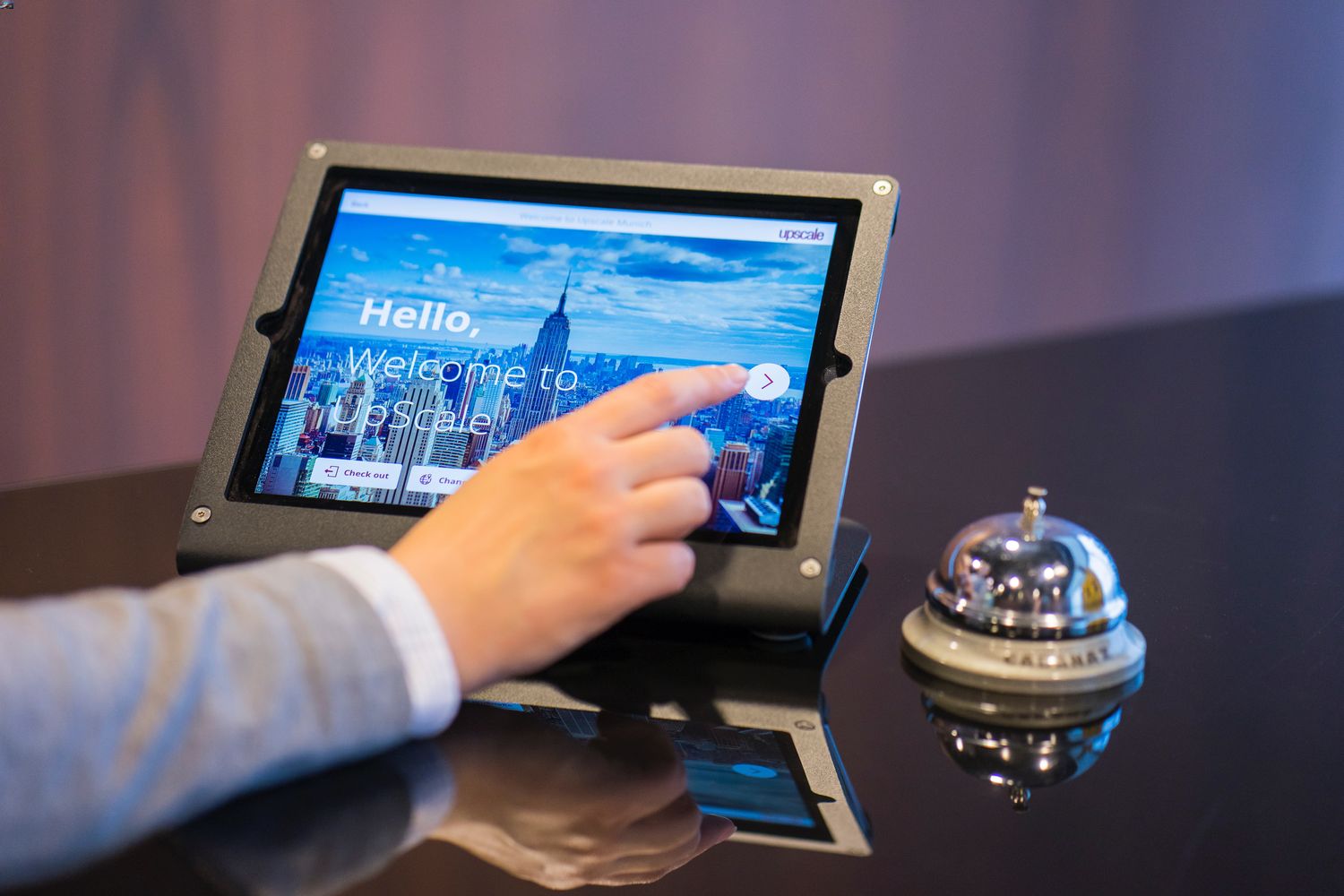
Benefits of Using Kiosk Mode
Using kiosk mode on an Android tablet offers several advantages, especially in public or shared environments:
- Security: Limiting accessible apps reduces malware risks and unauthorized data breaches.
- Ease of Use: Simplifies the user experience with a straightforward interface, even for non-tech-savvy individuals.
- Customization: Administrators can tailor the home screen and available apps to specific needs.
- Cost-Effectiveness: Extends tablet life by preventing accidental damage or misuse, reducing repair or replacement costs.
Tools Required
To set up an Android tablet in kiosk mode, gather the following tools:
- Android Device: Tablet running Android 5.0 (Lollipop) or later.
- Kiosk Mode App: Choose an app compatible with your Android version. Popular options include Google's Kiosk Mode, Kiosk Browser, and Hexnode UEM.
- Admin Account: Administrator account on the device for configuration.
- USB Cable: For connecting the device to a computer if needed.
- Power Source: Stable power source for continuous operation.
Step-by-Step Guide to Setting Up Kiosk Mode
Choose a Kiosk Mode App
Several kiosk mode apps are available for Android devices, each with unique features and interfaces. Popular options include:
- Google's Kiosk Mode: Built-in feature allowing device lock to a single app or a set of approved apps.
- Kiosk Browser: Dedicated app for creating kiosk environments.
- Hexnode UEM: Comprehensive Unified Endpoint Management solution with kiosk mode capabilities.
This guide will use Google's Kiosk Mode for its built-in feature and ease of setup.
Enable Developer Options
To use Google's Kiosk Mode, enable Developer Options on your Android device:
- Go to Settings.
- Scroll down and select About phone.
- Tap Build number seven times until a message says, "You are now a developer."
- Return to Settings, then select Developer options.
- Enable USB debugging if planning to connect the device to a computer for further configuration.
Enable Kiosk Mode
- Go to Settings.
- Scroll down and select Advanced.
- Tap Kiosk mode.
- Choose the app to lock your device to from the available apps list.
- To allow multiple apps, tap Add app and select additional apps.
Configure Kiosk Mode Settings
After selecting the app(s) for kiosk mode, configure additional settings:
- Lock Screen: Decide whether to display the lock screen.
- Notification Shade: Choose if notifications should be visible.
- Status Bar: Determine if the status bar should be visible.
- Home Button: Decide if the home button should be available.
Test Your Configuration
Test your setup by locking and unlocking the device multiple times to ensure everything works as expected.
Advanced Configurations
While Google's Kiosk Mode provides robust features out-of-the-box, consider some advanced configurations:
Customizing Display Preferences
To make your setup more comfortable and efficient, customize display preferences:
- Resolution: Ensure the tablet's resolution matches your primary monitor for seamless integration.
- Orientation: Set the screen to portrait or landscape orientation.
- Brightness: Adjust screen brightness for optimal visibility.
Using Third-Party Apps
If Google's Kiosk Mode doesn't meet all requirements, consider third-party apps like Kiosk Browser or Hexnode UEM:
- Kiosk Browser: Offers more customization options, including multiple profiles and home screen layout customization.
- Hexnode UEM: Provides kiosk mode capabilities and advanced features like remote monitoring and management.
Setting Up Multiple Profiles
For different users or environments, most kiosk mode apps allow multiple profiles:
- Profile Creation: Create separate profiles for different users or environments.
- App Selection: Choose apps available in each profile.
- Customization: Customize home screen layout and settings for each profile.
Troubleshooting Common Issues
While setting up kiosk mode is generally straightforward, some common issues might arise:
- App Crashes: Ensure all apps are updated and compatible with your device to prevent crashes.
- Connection Issues: For third-party apps requiring internet connectivity, ensure both devices are connected to the same Wi-Fi network.
- Display Settings: Manually adjust display settings if auto-detection fails.
Additional Tips
- Regular Updates: Keep the device's operating system and apps updated for compatibility and security.
- Backup Data: Regularly backup important data to prevent loss in case the device needs resetting.
- Battery Life: Ensure the device has good battery life or keep it plugged in if running as a second monitor or in kiosk mode.
By following these guidelines and tips, you can effectively utilize kiosk mode on your Android tablet, making it an indispensable tool in various professional and public settings.
